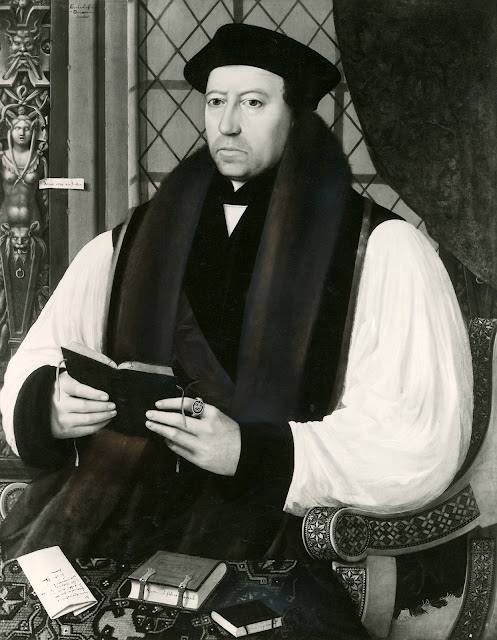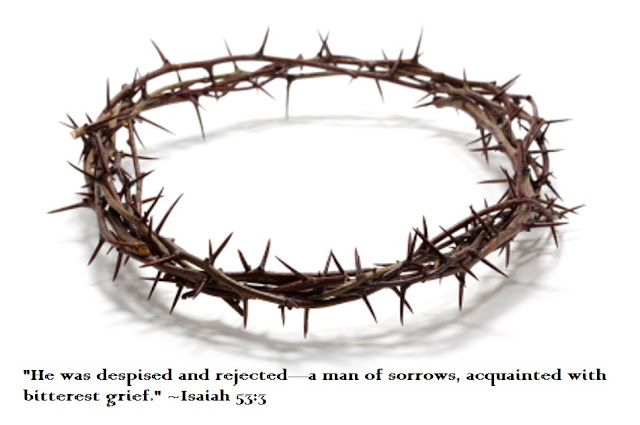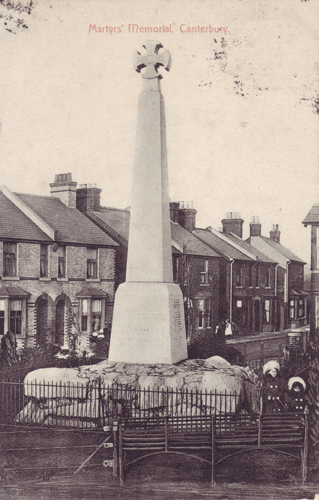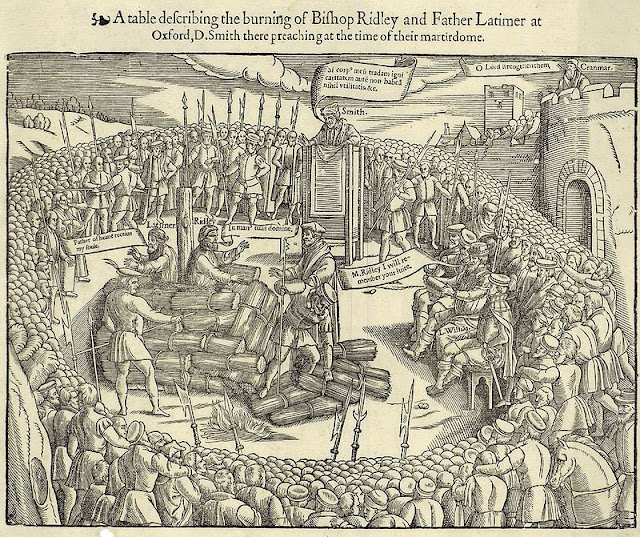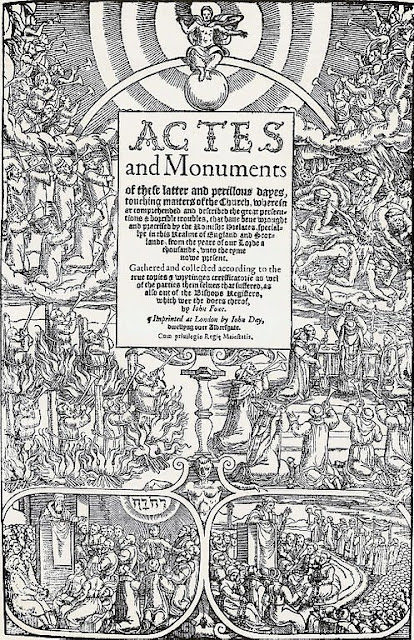Posts
Showing posts from February, 2020
Fox's Book of Martyrs: Hugh Laverick, John Aprice, Catherine Hut, Joan Horns, Elizabeth Thackwel, Thomas Dowry, Thomas Spicer, John Denny, Edmund Poole
- Get link
- Other Apps
Fox's Book of Martyrs: The Worthies of Essex
- Get link
- Other Apps
Fox's Book of Martyrs: Agnes Potten, Joan Trunchfield, John Maundrel, William Coberly, John Spicer
- Get link
- Other Apps
FOX'S BOOK OF MARTYRS: DR. THOMAS CRANMER (2)
- Get link
- Other Apps
Fox's Book of Martyrs: Dr. Thomas Cranmer (1)
- Get link
- Other Apps
Fox's Book of Martyrs: John Lomas, Agnes Snoth, Anne Wright, Joan Sole, and Joan Catmer.
- Get link
- Other Apps
Fox's Book of Martyrs: Rev. T. Whittle, B. Green, T. Brown, J. Tudson, J. Ent, Isabel Tooster, and Joan Lashford.
- Get link
- Other Apps
Fox's Book of Martyrs: Mr. John Philpot
- Get link
- Other Apps
Fox's Book of Martyrs: John Webb, Gregory Parker, Wm. Wiseman, James Gore
- Get link
- Other Apps
Fox's Book of Martyrs: 'Bishop Ridley and Bishop Latimer.'
- Get link
- Other Apps
Fox's Book of Martyrs: G. Catmer, R. Streater, A. Burward, G. Brodbridge, J. Tutty, Wm. Glowd, Cornelius Bungey, Wm. Wolsey, Robert Pygot
- Get link
- Other Apps
Fox's Book of Martyrs: Rev. Robert Samuel, William Allen, Roger Coo, Thomas Cobb
- Get link
- Other Apps
Fox's Book of Martyrs: John Denley, John Newman, Patrick Packingham and Richard Hook
- Get link
- Other Apps
Fox's Book of Martyrs: Dirick Carver, John Launder, Thomas Iveson, John Aleworth, James Abbes
- Get link
- Other Apps
Fox's Book of Martyrs: Rev. John Bland, Rev. John Frankesh, Nicholas Shetterden, Humphrey Middleton, Thacker, Cocker, Nicholas Hall, Christopher Waid, Joan Beach, John Harpol, Margery Polley
- Get link
- Other Apps
Fox's Book of Martyrs: Rev. John Bradford, and John Leaf
- Get link
- Other Apps
Fox's Book of Martyrs: Thomas Haukes, Thomas Watts, Thomas Osmond, William Bamford, and Nicholas Chamberlain.
- Get link
- Other Apps
Fox's Book of Martyrs: John Cardmaker, John Warne, John Simpson and John Ardeley
- Get link
- Other Apps




